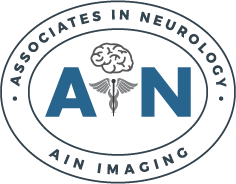
Living with cerebral palsy can be challenging, but following an effective treatment plan is key to ensuring you have the best quality of life possible. cerebral palsy affects nearly 800,000 people in the United States alone, and its symptoms vary by individual and severity. Learning about treatments for cerebral palsy is the first step in living well with this chronic condition.
In this article, we will provide information on what cerebral palsy is and how different treatments can benefit individuals living with it. We will also discuss various therapies intended to improve coordination and assistive technology designed to make everyday tasks easier for those who live with cerebral palsy.
What Is Cerebral Palsy and How Is It Diagnosed?
Cerebral palsy is a developmental disorder that affects muscle movement and coordination. cerebral palsy is caused by damage to the brain before, during, or after birth. It is typically diagnosed in early childhood and can vary in severity from mild to severe. Early signs of cerebral palsy may include delayed milestones, such as crawling or walking, abnormal muscle tone, and difficulty with fine motor skills. Diagnosis of cerebral palsy involves a combination of physical exams, medical history, and imaging tests. While there is no cure for cerebral palsy, early diagnosis, and intervention can greatly improve quality of life, including physical abilities, communication, and socialization.
Types of Cerebral Palsy and Associated Treatments
Cerebral palsy is a condition that affects the muscles and movements of a person’s body. There are several types of cerebral palsy, each with its unique features that affect the individual’s ability to perform basic functions, such as walking and talking. Spastic cerebral palsy is the most common type and it causes muscle stiffness, making movement difficult. Dyskinetic cerebral palsy, on the other hand, is characterized by involuntary movements that can affect the face, limbs, and torso. Ataxic cerebral palsy is a rare type that involves difficulty with balance and coordination. Although there is no known cure for cerebral palsy, there are several treatments available, including physical therapy, medication, and surgery. These treatments can help manage symptoms and improve the quality of life for those living with cerebral palsy.
Common Therapies Used to Treat Cerebral Palsy
A range of therapies are available for those affected by cerebral palsy, each tailored to an individual’s needs. Physical therapy is often used to improve balance, muscle control, and body coordination, and restore mobility. Occupational therapy can help a patient with daily tasks they might struggle to complete on their own, such as dressing and eating, while speech therapy helps them communicate more effectively. Additionally, special education programs provide structured learning environments designed around the student’s specific needs and abilities. Each of these therapies plays a significant role in helping manage the condition and improving the quality of life for those living with cerebral palsy.
Benefits And Potential Risks Associated with Cerebral Palsy Treatments
Although there is no known cure for cerebral palsy, there are several treatments available that can help manage its symptoms. These treatments include physical therapy, occupational therapy, speech therapy, and medication. While each treatment has its own set of benefits, potential risks also exist. For instance, some medications may lead to unwanted side effects, and surgery may pose risks associated with anesthesia. Despite these risks, the benefits of cerebral palsy treatments are vast and can significantly improve an individual’s quality of life. It is crucial to work closely with medical professionals to assess which treatment is best suited for each unique case of cerebral palsy.
Types of Medications Used for Treating Cerebral Palsy Symptoms
Different types of medications are available to treat cerebral palsy, some of which are aimed at reducing muscle stiffness and spasticity, while others can help manage seizures or alleviate pain. It is essential that individuals with cerebral palsy work with their healthcare providers to determine the best course of treatment based on their unique needs and symptoms. With the right medication regimen, individuals with cerebral palsy can experience a significant improvement in their quality of life.
Strategies For Managing Stress and Overcoming Obstacles Related to Living With Cerebral Palsy
Living with cerebral palsy can be challenging, but it is possible to manage stress and overcome obstacles with the right strategies. One key strategy is to cultivate a positive mindset, focusing on your strengths and accomplishments rather than your limitations. Seeking support from friends, family, or a therapist can also be helpful in developing coping skills and managing stress. Engaging in regular exercise or physical therapy can improve your physical and mental well-being.
Additionally, it is important to prioritize self-care through relaxation techniques like meditation or deep breathing. By implementing these strategies, those living with cerebral palsy can better manage stress and overcome obstacles, leading to a more fulfilling and rewarding life.
Cerebral Palsy Treatment in Southeast Michigan
The board-certified neurologists at Associates in Neurology provide compassionate care to patients with cerebral palsy. We work with the entire family and their caregivers, as well, to ensure they receive comprehensive treatment. Allow us to be your highly skilled neurology care providers, as we are among the best in Southeast Michigan. We have locations in Farmington Hills, Novi, and Howell.
To schedule an appointment, call our office today at (248) 478-5512 or use our convenient online request form.


